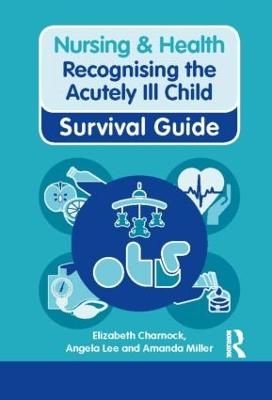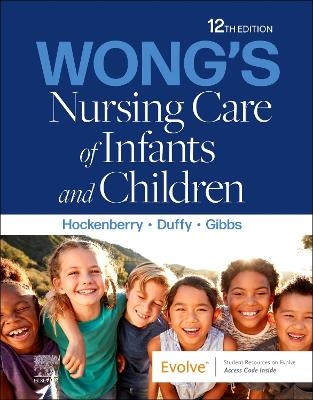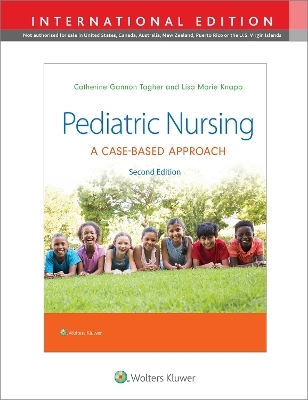
Nursing & Health Survival Guide: Recognising the Acutely Ill Child: Early Recognition
Pearson Education Limited (Verlag)
978-0-273-76372-7 (ISBN)
The Nursing & Health Survival Guides have evolved - take a look at our our app for iPhone and iPad.
Elizabeth Charnock, Angela Lee, Amanda Miller
INTRODUCTION: THE IMPORTANCE OF EARLY
RECOGNITION OF ACUTE ILLNESS IN CHILDREN
KEY PRINCIPLES OF PHYSICAL ASSESSMENT
Standards for assessing and measuring physiological observations
Temperature
Pulse and respiration
Blood pressure
Recording physiological observations
The limitations of Early Warning Scores (EWS)
The importance of parental observations
CHILDREN ARE DIFFERENT FROM ADULTS
Pre-terminal signs
Anatomical and physiological differences between children and adults
A structured approach to assessment
ASSESSMENT OF AIRWAY (A)
Is the airway open?
Are there any added sounds which may indicate airway difficulties?
Airway adjuncts
ASSESSMENT OF BREATHING (B)
Effort of breathing
Efficacy of breathing
Effects of breathing inadequacy on other organs
Respiratory severity assessment
Oxygen delivery adjuncts
ASSESSMENT OF CIRCULATION (C)
Heart rate
Pulse volume
Pulse rhythm
Capillary refill time (CRT) and body temperature
Blood pressure
Recognising the shocked child
Classification and causes of shock
The three stages of shock
Meningococcal septicaemia: signs and symptoms
Recognising the dehydrated child
Calculation of fluid requirements
ASSESSMENT OF DISABILITY (D)
Rapid assessment of disability: AVPU
Posture
Pupils
Causes of raised intracranial pressure
Signs of raised intracranial pressure
Seizures
‘Don’t ever forget glucose’: DEFG
Tips to promote accurate measurement and recording of neurological observations
Contraindications to performing a lumbar puncture
ASSESSMENT OF EXPOSURE (E)
Rashes and bruising
Temperature
APPENDIXES
1 Physiological observations: normal ranges and estimation of weight formula
2 Paediatric SBAR tool
3 Basic life support – paediatric algorithm
4 Paediatric FBAO treatment algorithm
REFERENCES
USEFUL WEBSITES
| Erscheint lt. Verlag | 5.9.2012 |
|---|---|
| Reihe/Serie | Nursing and Health Survival Guides |
| Verlagsort | London |
| Sprache | englisch |
| Maße | 80 x 120 mm |
| Gewicht | 40 g |
| Themenwelt | Medizin / Pharmazie ► Medizinische Fachgebiete |
| Medizin / Pharmazie ► Pflege ► Kinderkrankenpflege | |
| ISBN-10 | 0-273-76372-5 / 0273763725 |
| ISBN-13 | 978-0-273-76372-7 / 9780273763727 |
| Zustand | Neuware |
| Haben Sie eine Frage zum Produkt? |
aus dem Bereich


